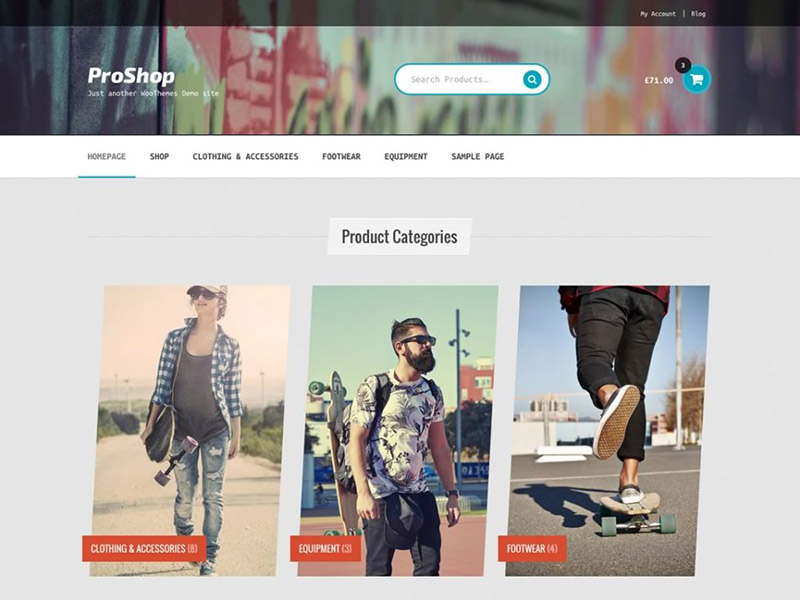You’ve built a successful eCommerce store. That’s why you’re here at eCommerceFuel.
You’ve come to a point where your original eCommerce platform is no longer serving you as well as it did in the beginning. You’re searching for answers.
What better options exist? Maybe you want or need to affirm that you’ve made the right decision for your online store and just need to upgrade a bit.
Today, you’re going to find an in-depth comparison of the two most popular eCommerce platforms. We’ll be looking at Shopify vs. WooCommerce across 10 categories, including:
- Ease of Use
- Pricing
- Shop Build Time
- Design, Themes, and Customization
- Sales Features
- Marketing Tools
- Security
- SEO
- Payment Gateways and Transaction Fees
- Customer Support
Let’s get started by looking at some aspects of each service.
Pros and Cons of Shopify and WooCommerce
Shopify Pros and Cons
| Shopify Pros | Shopify Cons |
| Nicely designed storefront themes | Not really great at SEO |
| Simplicity of use | Transaction fees |
| Self-hosted software | Relies on costly third-party apps |
| 24/7 Support available | Less customization |
| Fastest page load time | Less scalability |
| Multichannel selling – Amazon, Facebook Marketplace, etc. |
WooCommerce Pros and Cons
| WooCommerce pros | WooCommerce Cons |
| Wide variety of themes and plugins | Requires webdev skills |
| Great flexibility | Needs lots of plugins |
| Limitless customization | Not beginner-friendly |
| Strong SEO | Frequent updates |
| Scalable | Requires a WordPress site |
| Great value for the money |
Now let’s get down to our Shopify vs. WooCommerce head-to-head comparison across those 10 aspects and find out which is the best eCommerce platform for you. Shopify has set monthly pricing, whereas WooCommerce does not.
The Basic Shopify plan starts at $29/month, and Shopify Plus starts at $2000/month. Shopify apps may require a one-time purchase fee, monthly subscription fees, and/or usage fees, which will add to your costs. You’ll also need to pay one-time fees for a store theme.
WooCommerce isn’t that direct or easy to budget. Yes, WooCommerce is an open-source software, making it free to install, but you’ll still need:
- Hosting ($35 – $50/month)
- Security (up to $200/year)
- Domain ($10 – $20/year)
- Extension fees (up to $100/month)
themes.shopify.com
A single product storefront theme.

Source: themes.shopify.com
A large catalog Shopify theme.
WooCommerce has a basic “starter” theme, StoreFront, that’s completely mobile friendly and sleek looking. However, as an open-source software, designers and webdevs are constantly adding to WooCommerce’s theme collection, which now numbers around 1000.
The thing is, your WooCommerce storefront’s look highly depends on the hours you spend, the plugins you choose, and the technical skills you possess. Here are two StoreFront child themes available from WooCommerce.

Source: woocommerce.com

Source: woocommerce.com
eCommerceFuel members can often lend a hand, just not always when you need it. Shopify has 24/7 support. WooCommerce doesn’t.
For some business owners, like Erik Morin of Massage Guns, that makes all the difference.
“Our page load times continually rose, and WooCommerce customer service was absent for the entire year, so we migrated our whole website to Shopify.”
Winner: Shopify
WooCommerce vs. Shopify: Which One Is Better for Your Online Store?
Our head-to-head matchup clearly shows Shopify coming out on top, winning 7 of 10 categories.
So whether it’s time to migrate from WooCommerce to Shopify or upgrade your Shopify plan to get more out of your store, you can do so with the confidence and peace of mind that you’re making the right choice.
Photo by Rawpixel
